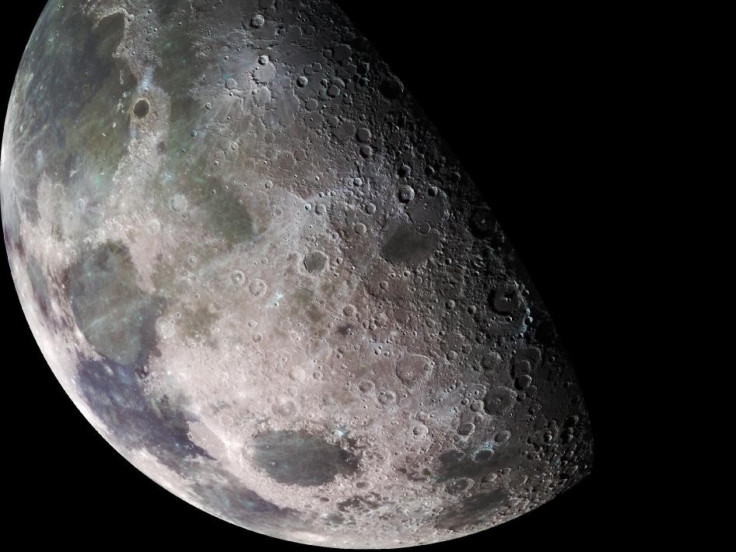‘Suitcase-Size' Nuclear Reactor Could Power Space Outposts: Scientists

A compact, suitcase-size nuclear power plant could one day generate electricity for manned or unmanned bases on the moon, Mars, or other planets, a U.S. research team says.
Plans for nuclear fission reactors in extraterrestrial environments were unveiled at the 242nd National Meeting & Exposition of the American Chemical Society.
James E. Werner, the project leader at the U.S. Department of Energy, said that unlike terrestrial nuclear power plants that require cooling towers and other large structures to operate, the proposed fission technology would be smaller and look very different.
People would never recognize the fission power system as a nuclear power reactor, Werner said in a press release. The reactor itself may be about 1 1/2 feet wide by 2 1/2 feet high, about the size of a carry-on suitcase. There are no cooling towers.
A fission power system is compact, reliable and safe and may be crucial for the establishment of outposts or habitats on other planets, Werner said.
Fission power technology can be applied on Earth's moon, on Mars, or wherever NASA sees the need for continuous power, he added.
Nuclear fission is attained when the nucleus of an atom is split into smaller parts by introducing a neutron. In the case of uranium, the most common radioactive material used, these are binary. The nuclear reaction obtained leads to a tremendous burst of energy which is then converted into mechanical energy, before finally being stored as electrical energy, explains a report in ZME Science.
A fission power system contains components similar to those found in the commercial reactors currently in use: a heat source, power conversion, heat rejection and power conditioning and distribution. For space applications, however, nuclear fission features a number of differences compared with commercial reactors.
While the physics are the same, the low power levels, control of the reactor and the material used for neutron reflection back into the core are completely different, Werner said. Weight is also a significant factor that must be minimized in a space reactor that is not considered in a commercial reactor.
Nuclear power offers some edge over sunlight and fuel cells that were the mainstays for generating electricity for space missions in the past, said Werner. While solar power can successfully supply electricity for satellites and other objects in near-Earth orbit, scientists working on the project believe that nuclear power would be far more effective for running manned outposts on the moon or on other planets.
The biggest difference between solar and nuclear reactors is that nuclear reactors can produce power in any environment, Werner said. Fission power technology doesn't rely on sunlight, making it able to produce large, steady amounts of power at night or in harsh environments like those found on the Moon or Mars. A fission power system on the Moon could generate 40 kilowatts or more of electric power, approximately the same amount of energy needed to power eight houses on Earth.
Werner also said that a fission power system could operate in difficult locations like craters, canyons or caves and provide affordable, safe to use energy anywhere in the solar system.
Werner believes that once the technology is developed and validated it would be one of the most viable option for providing long-term base power for space exploration.
Werner and his colleagues are currently collaborating with NASA and the Department of Energy on the project. The team is scheduled to build a technology demonstration unit in 2012.
© Copyright IBTimes 2024. All rights reserved.











